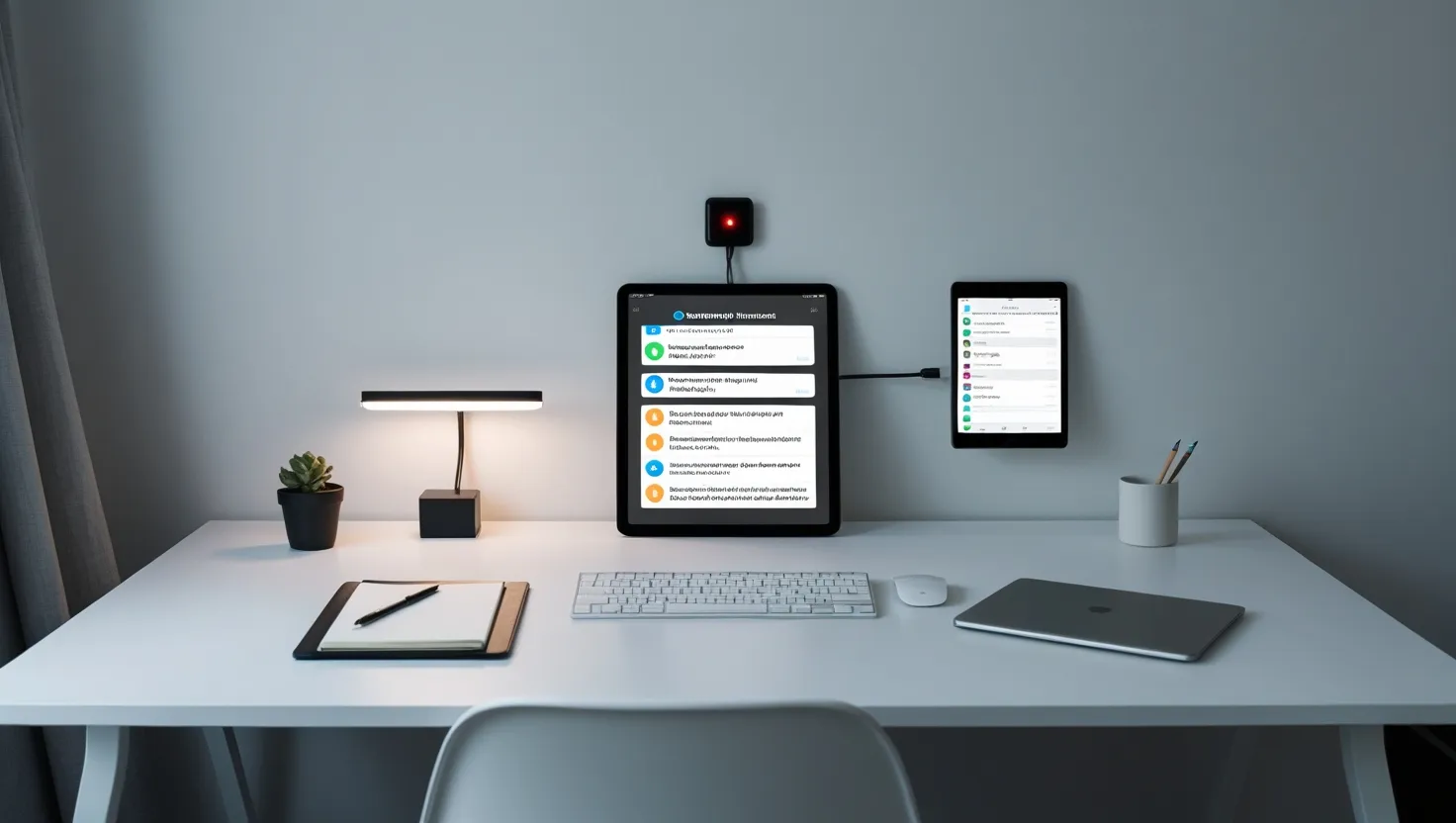As professionals, we’re constantly bombarded with distractions that threaten to derail our productivity and focus. The modern workplace is a minefield of interruptions, from the constant ping of notifications to the allure of social media. But what if we could harness the power of our attention and direct it with laser-like precision towards our most important tasks? That’s where attention management frameworks come in.
Let’s explore eight powerful strategies that can help even the most distracted professional regain control of their focus and supercharge their productivity.
First up is the Distraction Audit. This eye-opening exercise involves meticulously documenting every single interruption you experience over the course of three days. It might sound tedious, but the insights gained are invaluable. By noting the source, time, and duration of each distraction, you’ll uncover your personal disruption patterns. Are you constantly derailed by chatty coworkers? Or is it your own wandering mind that’s the culprit? Once you have this data, you can start targeting specific problem areas.
“The first step toward change is awareness. The second step is acceptance.” - Nathaniel Branden
Next, we have the Notification Hierarchy. In our hyper-connected world, not all notifications are created equal. This framework involves categorizing all your notifications into three distinct tiers based on their urgency and importance. Then, you configure your devices to provide different alerts for each level. Imagine being able to instantly distinguish between a critical client email and a routine software update. This simple system can dramatically reduce the cognitive load of constant interruptions.
The Focus Tunnel is a fascinating approach that recognizes the difficulty of diving straight into deep work. Instead, it creates a progressive entry into intense concentration. You start with a 10-minute buffer of light tasks, easing your mind into work mode. Then, you transition to 30 minutes of moderate focus, before finally entering an extended period of complete concentration with all distractions eliminated. It’s like a warm-up for your brain, preparing it for peak performance.
Have you ever considered how much time you waste simply because colleagues don’t know when you’re available? The Signal Optimization framework addresses this by creating clear, visual indicators of your availability status. This could be as simple as a colored light on your desk or as high-tech as a digital status indicator. The key is that it’s instantly understandable at a glance, reducing unnecessary interruptions.
“The difference between successful people and very successful people is that very successful people say ‘no’ to almost everything.” - Warren Buffett
But what about those unavoidable distractions? That’s where Interruption Protocols come in. This framework involves establishing structured methods for handling disruptions when they do occur. You might create templates for quickly capturing critical information or develop techniques for maintaining mental continuity when you’re pulled away from a task. The goal is to minimize the impact of interruptions and get back on track as quickly as possible.
The Peak Attention Allocation framework is all about working smarter, not harder. It involves identifying your daily periods of maximum cognitive capacity - those golden hours when your mind is sharpest and most focused. Once you’ve pinpointed these peak times, you reserve them exclusively for your most demanding tasks. Meetings, emails, and routine work are then scheduled during your lower attention periods. It’s about matching your energy levels to your task list for maximum efficiency.
Have you ever noticed how the temptation to check social media or browse the news seems to grow stronger the more you try to resist it? The Distraction Displacement Method tackles this head-on by creating designated times for indulging in common distractions. By scheduling specific blocks for these activities, you reduce their power to derail your productive periods. It’s not about eliminating these activities entirely, but about controlling when and how you engage with them.
“The successful warrior is the average man, with laser-like focus.” - Bruce Lee
Finally, we have the Environment Control Systems framework. This comprehensive approach recognizes that our physical and digital environments play a crucial role in our ability to focus. It involves creating distraction-free zones in your workspace, implementing website blockers during focused work periods, and establishing clear boundaries between work and personal digital spaces. The goal is to create an environment that supports and enhances your ability to concentrate.
As we navigate these frameworks, it’s important to remember that attention management is not about achieving perfect focus at all times. It’s about understanding our own patterns, creating systems that support our productivity, and learning to direct our attention intentionally.
What if you could reclaim just one hour of focused work each day? How would that impact your productivity and job satisfaction? The potential benefits of mastering attention management are enormous.
“You will never reach your destination if you stop and throw stones at every dog that barks.” - Winston Churchill
Implementing these frameworks requires effort and consistency, but the rewards are well worth it. Start by choosing one or two that resonate with you and gradually incorporate them into your daily routine. Pay attention to what works and what doesn’t, and don’t be afraid to adapt these strategies to fit your unique needs and work style.
Remember, the goal isn’t to eliminate all distractions - that’s neither possible nor desirable. Instead, we’re aiming to create a work environment and habits that allow us to engage deeply with important tasks when needed, while still remaining flexible and responsive to the demands of our jobs.
As you experiment with these frameworks, you might be surprised to discover hidden patterns in your work habits. Perhaps you’ll find that you’re most creative in the early morning hours, or that a quick walk outside can reset your focus better than any productivity app. Embrace these discoveries and use them to further refine your approach to attention management.
“The art of being wise is the art of knowing what to overlook.” - William James
It’s also worth considering how these frameworks can be applied beyond individual productivity. How might they be implemented at a team or organizational level? Could a company-wide adoption of the Notification Hierarchy lead to more efficient communication? Might the Signal Optimization framework reduce unnecessary meetings and interruptions across departments?
As we wrap up our exploration of these attention management frameworks, I encourage you to reflect on your own relationship with focus and distraction. What are your biggest challenges when it comes to maintaining concentration? Which of these frameworks do you think could have the most significant impact on your work?
Remember, mastering attention management is a journey, not a destination. It requires ongoing effort and adjustment, but the potential benefits - increased productivity, reduced stress, and a greater sense of control over your work - make it a journey well worth taking.
So, are you ready to take control of your attention and transform your professional life? The power to focus, to truly engage with your most important work, is within your grasp. All it takes is the willingness to try new approaches and the persistence to make them stick. Your future, more focused self is waiting. What will you do to meet them?






